Ackart, Robert. Fruits in Cooking. New York: Macmillan Publishing Co., Inc., 1973.
Better Homes and Gardens. So Good with Fruit. Meredith Publishing Company, 1967.
Chandonnet, Ann. The Complete Fruit Cookbook. San Francisco: 101 Productions, 1972.
Citrus. Edison, New Jersey: Chartwell Books, Inc., 1992, 1997.
Dixon, Pamela. New Ways with Fresh Fruit & Vegetables. London and Boston: Faber and Faber Limited, 1973, 1981.
Hodgson, Moira. Cooking with Fruits and Nuts. Indianapolis and New York: The Bobbs-Merrill Company, Inc., 1973.
Kilmer, Joyce. Trees and Other Poems. New York: George H. Doran Company, 1914.
- Available via HathiTrust at: http://catalog.hathitrust.org/Record/008689552
Plagemann, Catherine. Fine Preserving. New York: Simon and Schuster, 1967.
Raddin, Charles S. "Grape Fruit." William Kerr Higley, ed. Birds and Nature in Natural Colors: A Monthly Serial. Forty Illustrations by Color Photography, A Guide in the Study of Nature. Volume XV, No. 2 (February 1904): 86-87. Chicago: A.W. Mumford, 1904.
- Available via Biodiversity Heritage Library at: http://www.biodiversitylibrary.org/item/111221
Rubin, Cynthia & Jerome. The New Fruit Cookbook. Chicago: Henry Regnery Company, 1974, 1977.
Sinclair, Walton B. The Grapefruit: Its Composition, Physiology, and Products. Riverside: University of California, Division of Agricultural Sciences, 1972.
Small, Ernest. Top 100 Food Plants. Ottawa: National Research Council of Canada, 2009.
The Editors of Time-Life Books. Fruits. 1983.
Turner, R. Elaine and Gail C. Rampersaud. “Using Medications Safely: Interactions Between Grapefruit Juice and Prescription Drugs.” Gainesville: University of Florida IFAS Extension Publication #FSHN02-5, 2009.
- Available at: http://edis.ifas.ufl.edu/fs088
Waters, Alice and the Cooks of Chez Panisse in collaboration with Alan Tangren and Fritz Streiff. Chez Panisse Fruit. HarperCollins Publishers Inc., 2002.


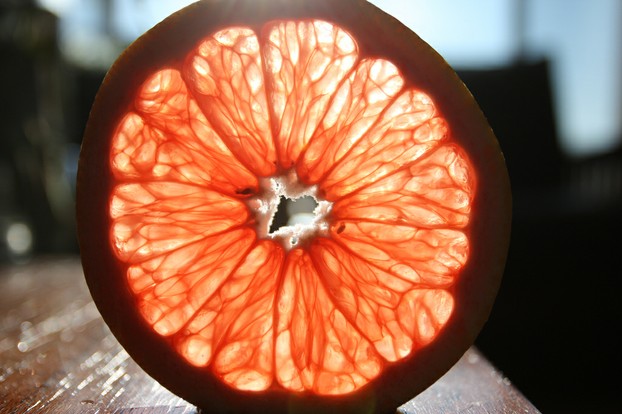
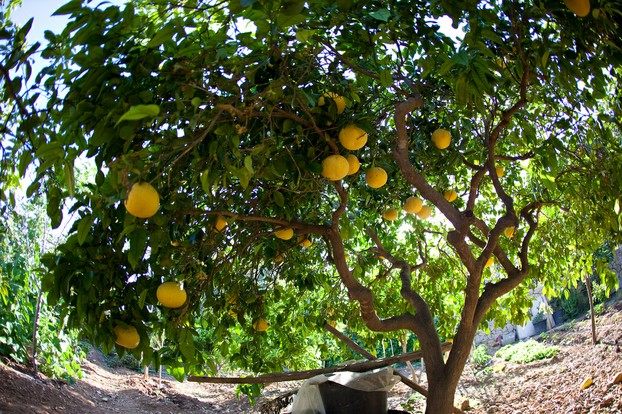
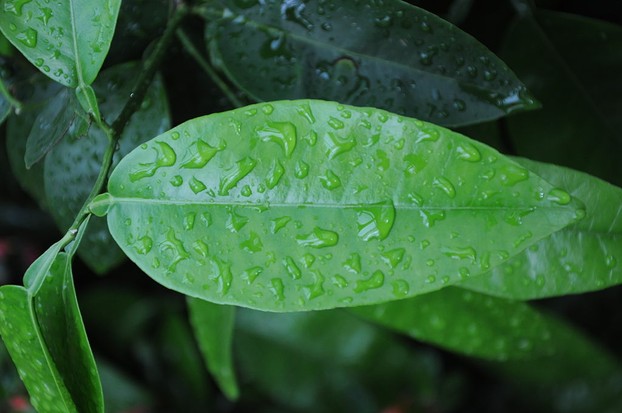
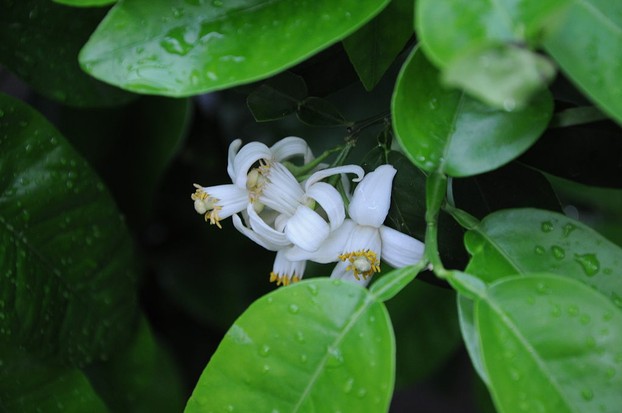

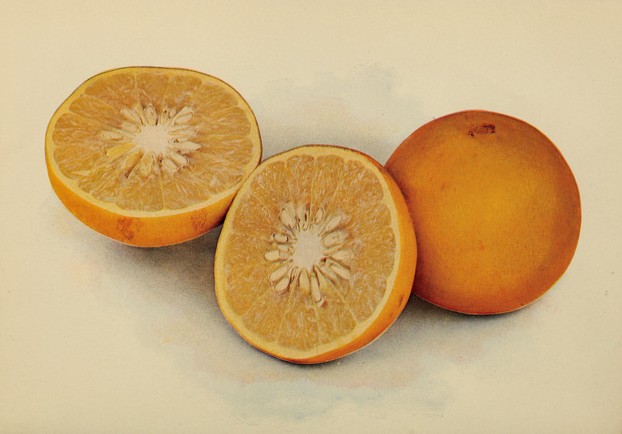
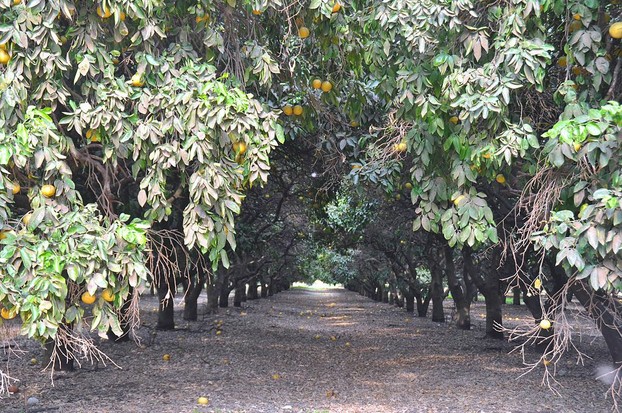
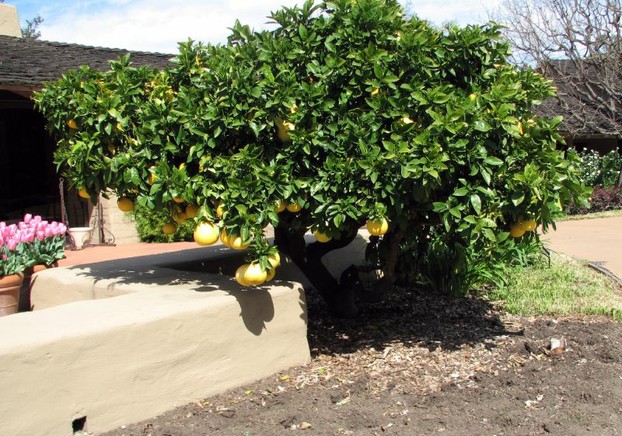
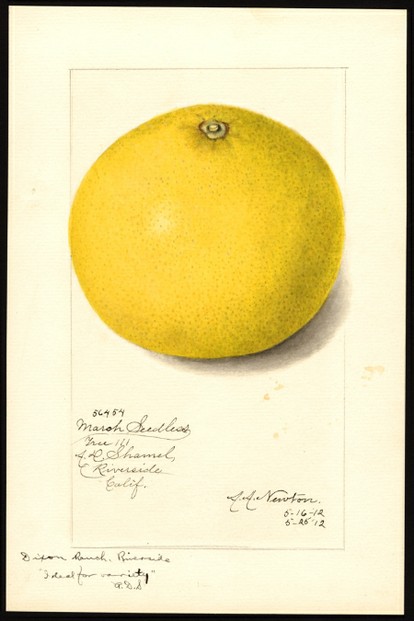
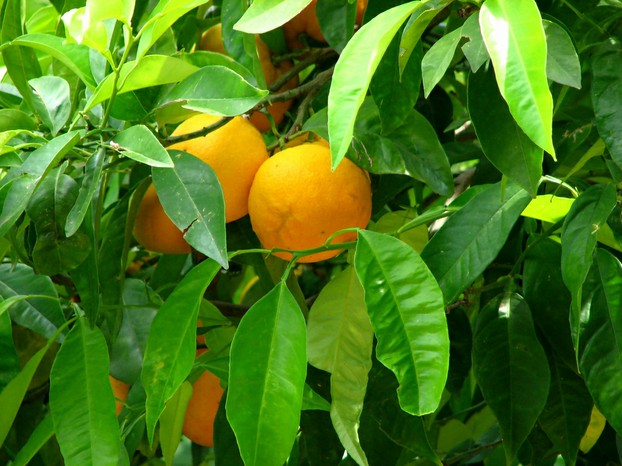
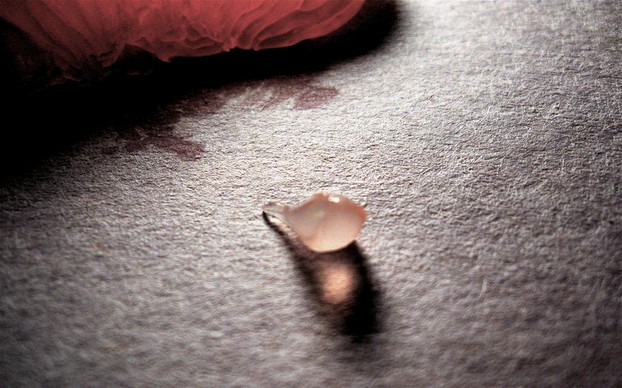



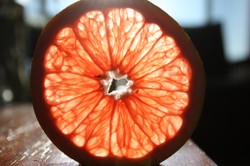

 Are Hawaiian Huakai Po Nightmarchers Avenging Halloween Thursday?on 10/02/2024
Are Hawaiian Huakai Po Nightmarchers Avenging Halloween Thursday?on 10/02/2024
 Mailing Addresses for 2023 Form 4868 Extending 1040 and 1040SR April 15, 2024, Due Dateon 04/15/2024
Mailing Addresses for 2023 Form 4868 Extending 1040 and 1040SR April 15, 2024, Due Dateon 04/15/2024
 Mailing Addresses for 2023 Forms 1040 and 1040SR Filed in 2024on 04/15/2024
Mailing Addresses for 2023 Forms 1040 and 1040SR Filed in 2024on 04/15/2024
 Mailing Addresses for 2022 Form 4868 Extending 1040 and 1040SR April 18, 2023, Due Dateon 04/13/2023
Mailing Addresses for 2022 Form 4868 Extending 1040 and 1040SR April 18, 2023, Due Dateon 04/13/2023

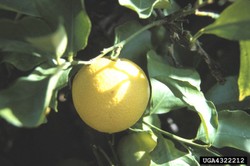

Comments
AbbyFitz, Me, too, I love the shade and road screens provided by grapefruit trees.
Your visit is appreciated, especially since grapefruits are not your cup of tea!
Even though I don't care for grapefruit, I love the trees in our yard. They're shady, and they make a good screen from the road.